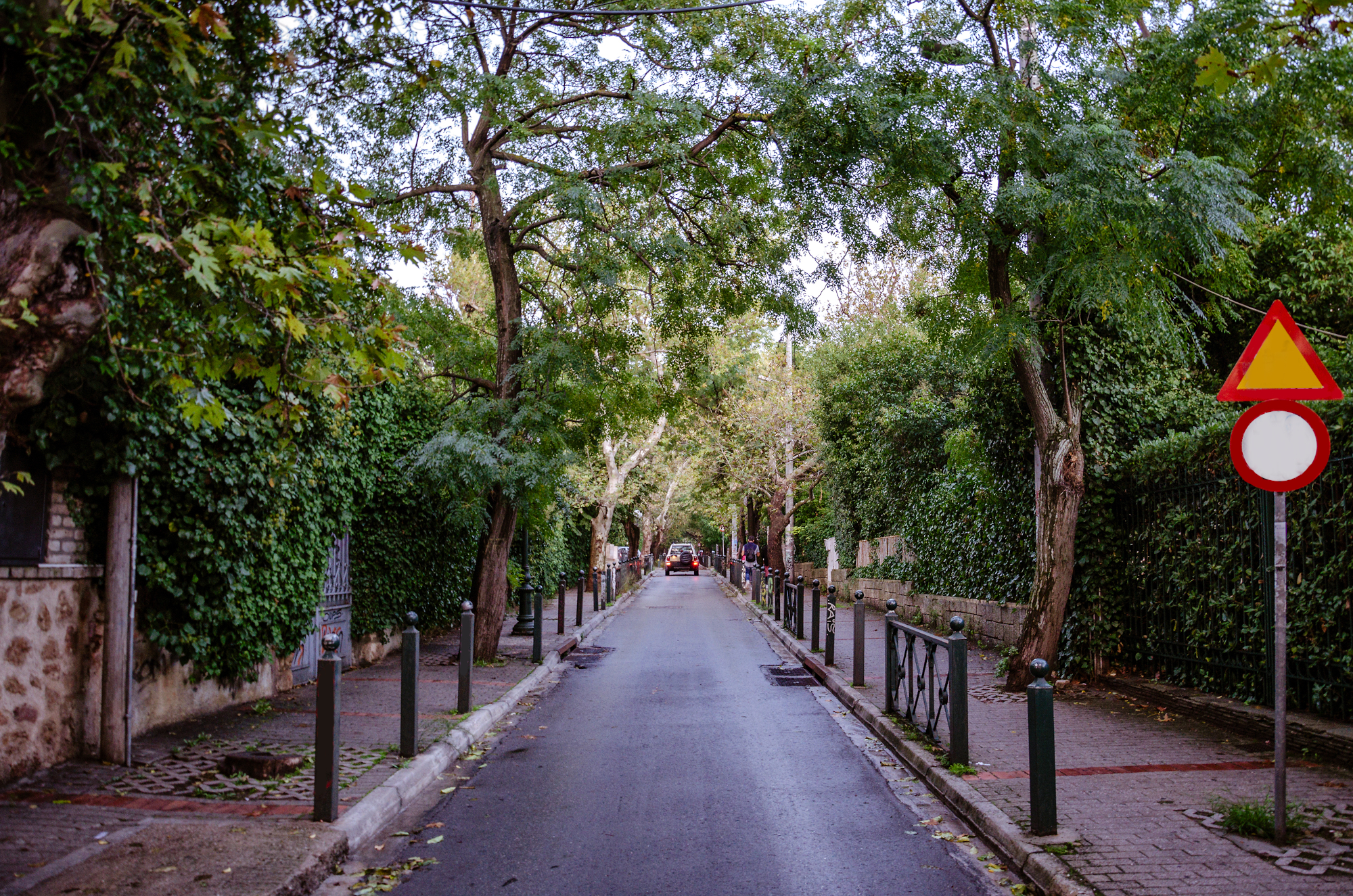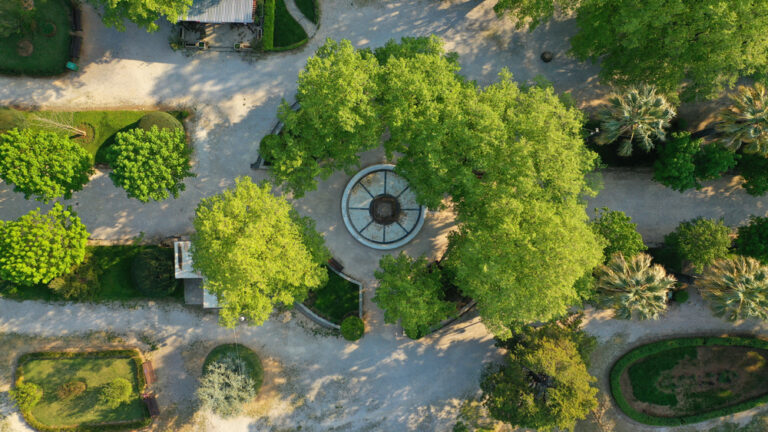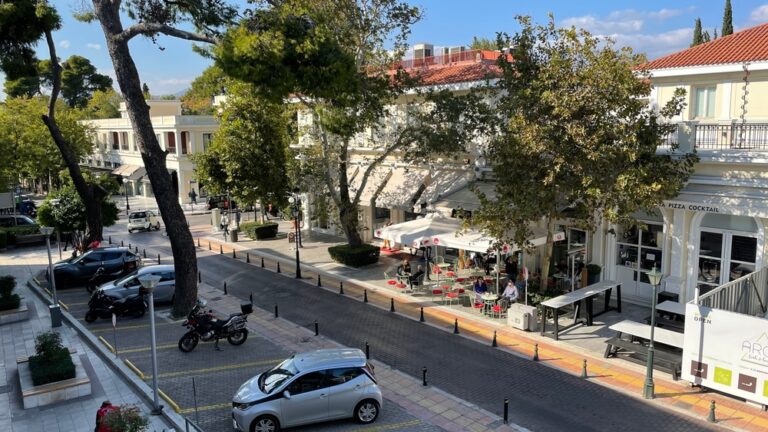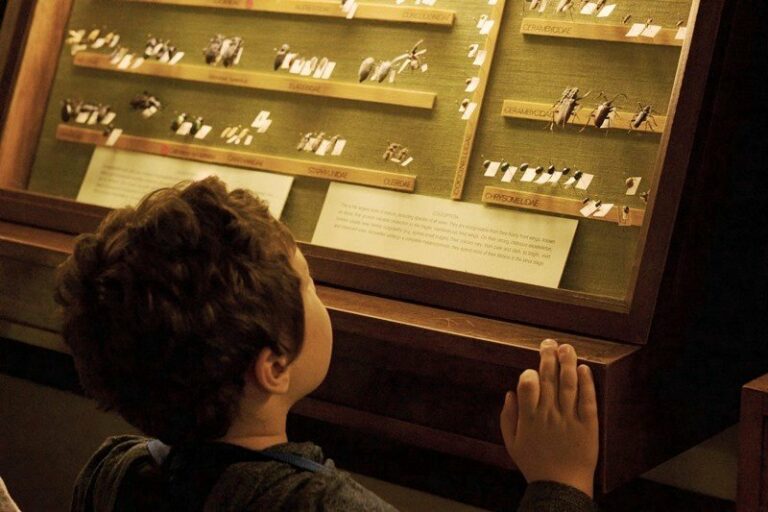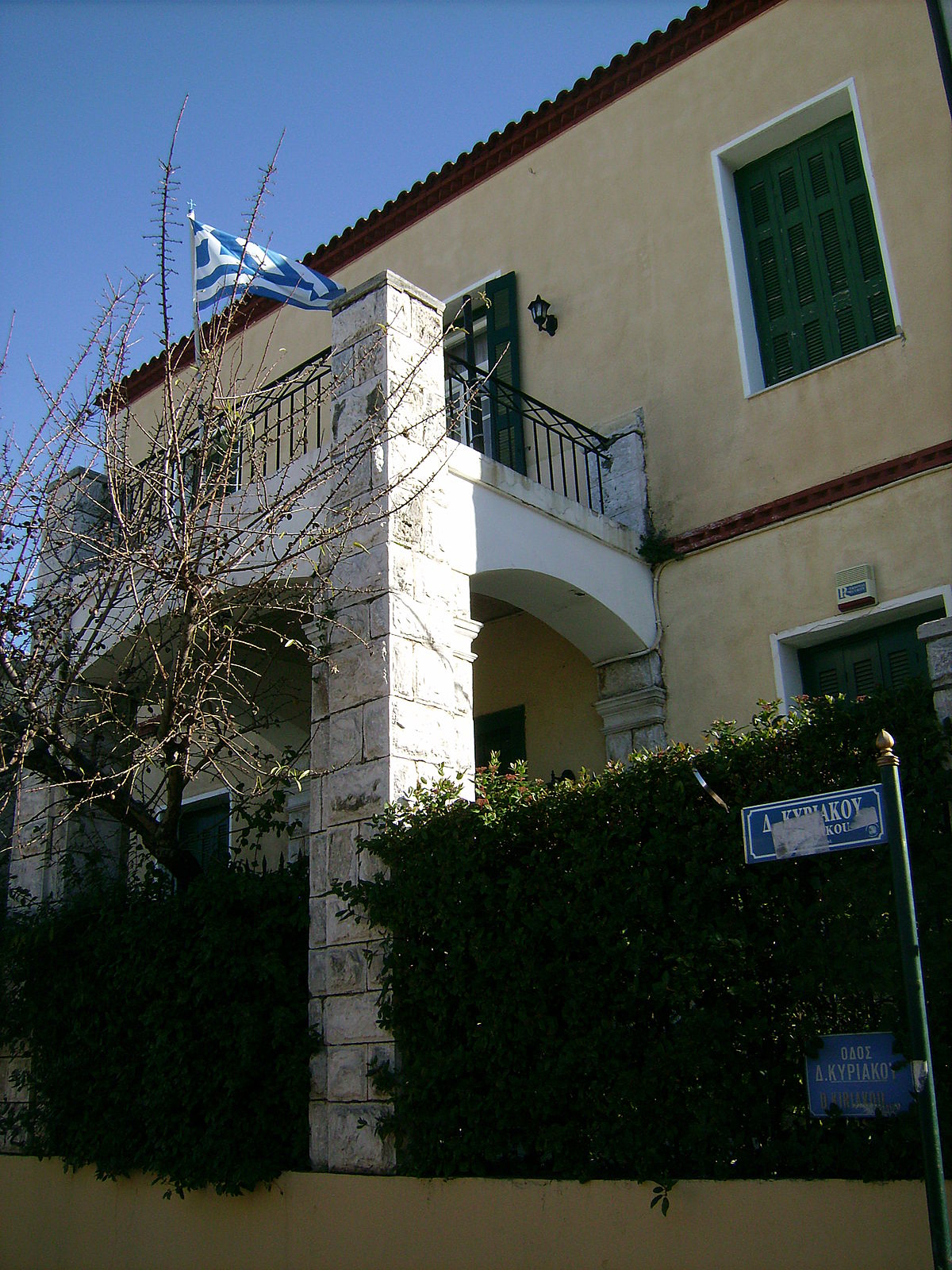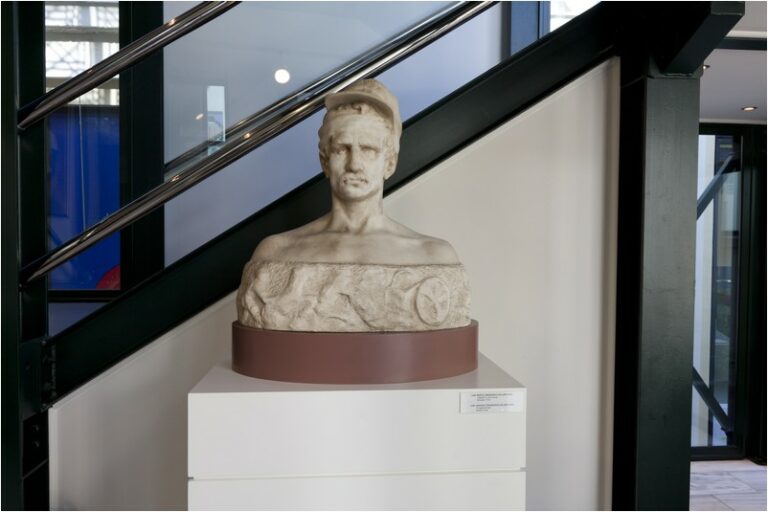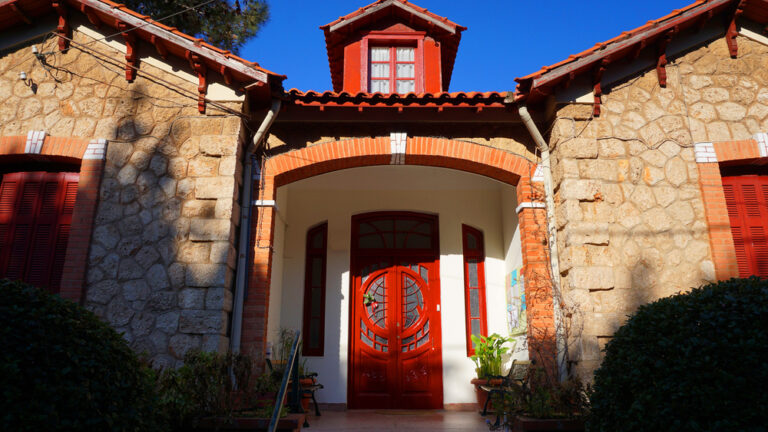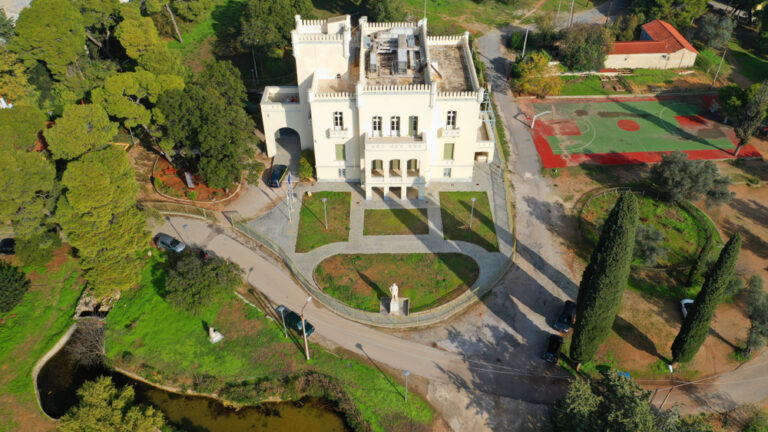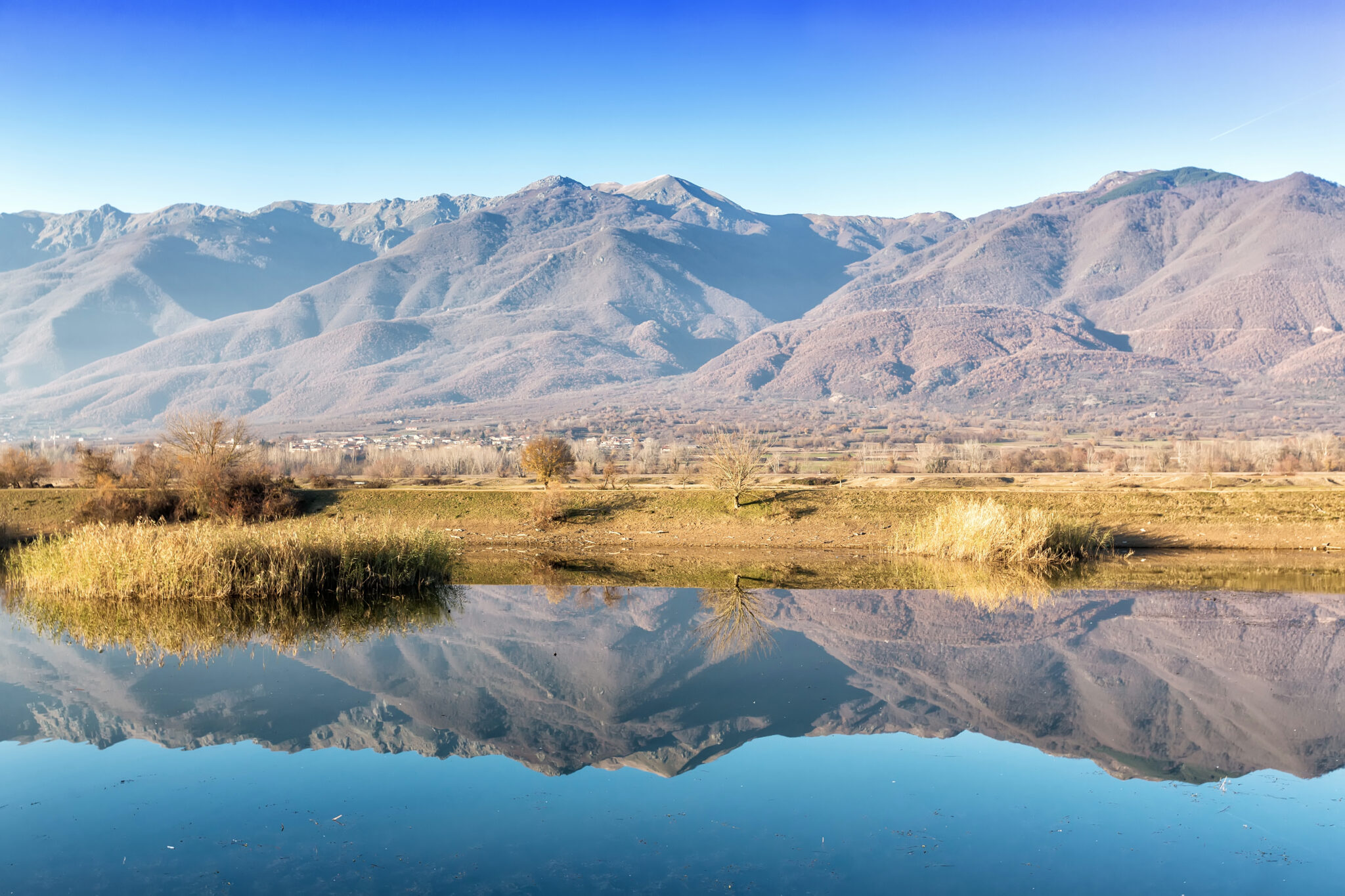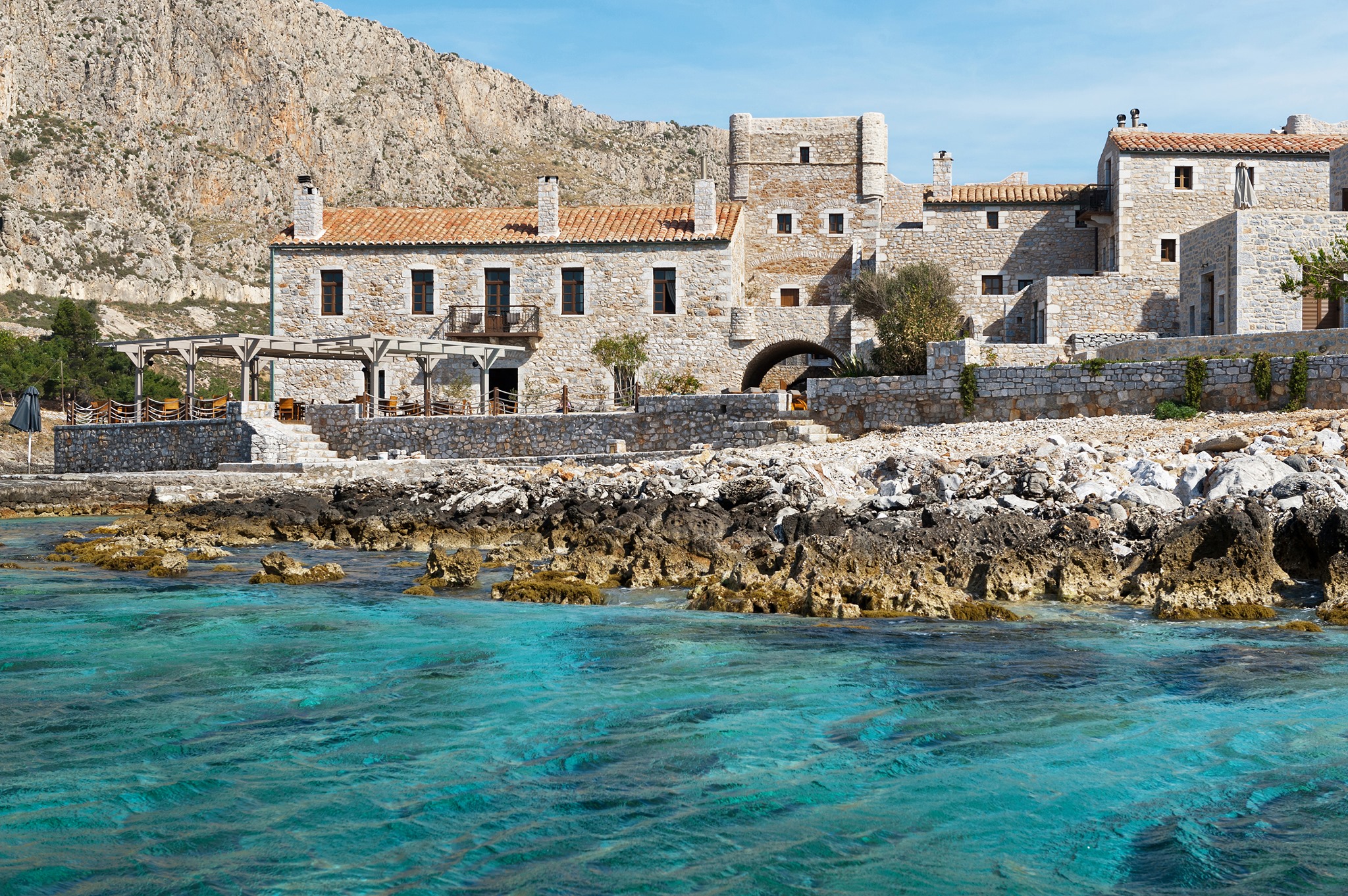Walk through the shady streets of Kifissia, admiring the beautiful architecture of the neighbourhood that – along with the interesting museums of the area- allude to its distant past. A relaxing walk in the lush, green Athenian suburb with your family or friends is exactly what you need. Attica is a multi-dimensional and absolutely safe for all destination offering numerous attractions and activities all year round.
Having been continuously inhabited for over 2,500 years, as the relevant archaeological findings in the area show, Kifissia is a history-rich suburb. It was one of the municipalities of ancient Athens in which the tribe of Erechtheis lived. It took its name from the river Kifissos that runs through. Greek geographer, philosopher and historian Strabo mentions that it was founded by the mythical king of Athens, Kecropus. Kifissia’s climate and fertile soil helped the area to develop economically, mainly though agricultural production, and to become an important municipality. By the end of the 19th century, Kifissia started gaining popularity as a holiday destination amongst Athenians and the first hotels gradually made their appearance.
In the past, many Athenians owned country houses in the area, some of which survive to this day and, together with the pre-existing ones, contribute to the formation of Kifissia’s particular architectural style. Kifissia developed even more when in 1885 the railway station was opened, connecting the area with Attica Square, Athens and later with the port of Piraeus. In 1901 the famous park of Kifissia was created, following the models of the gardens of European cities of the time, while a year later the now-famous annual Kifissia Flower Show was introduced. Ever since, it has been held here every year.
The Kifissia shopping centre is great, but don’t just stay there. At the beginning of Kassaveti Street at the junction with Kifissias Avenue is the “Funerary Monument of Kifissia”, an important example of 2nd century AD architecture. At the site there was a square semi-subterranean chamber with a roof in the form of an arch and an external staircase leading to the entrance; today the paved floor and the lower part of the walls of the chamber are preserved. Four sarcophagi were found inside the chamber, three of which feature excellent relief decorations. It is assumed that the funerary monument belonged to the family of Herod Atticus who owned a mansion in the area. The monument is housed in a structure with large glass surfaces so that visitors can easily see it.
A visit to the “Goulandris Natural History Museum” is a great idea for young and old alike. The permanent exhibition includes the Botany, Entomology and Marine Biology rooms on the ground floor, where you can admire a large collection of plants, reptiles, birds, insects and mammals, and the Geology and Palaeontology rooms in the basement. The museum also houses the Gaia Centre, which will remain closed due to renovation works until January 2022. The new exhibition to be hosted at the Gaia Centre will be on climate change.
However, if art is what attracts you most, you can visit the “Kouvoutsakis Art Institute” with works of figurative painting and sculpture from the 18th century to the present day. The collection includes works by Greek and foreign artists such as Delacroix, Gyzis, etc. (Open from Tue.- Fri. 09:00 – 15:00, Weekends 10:00 – 15:00, free entrance, kouvoutsakis-pinakothiki.gr).
A stone’s throw from the shopping centre of Kifissia lies the house where Greek poet and writer Georgios Drossinis spent the last years of his life. Now it houses the museum of the same name. Georgios Drossinis was one of the leading representatives of the New Athenian School, which brought a new style to Greek literature and contributed to the prevalence of the vernacular language. The museum tells the story of his fascinating career through his works, both poetry and prose, scores of his poems set to music, volumes of the magazine “Estia”, of which he was editor and director from 1889 to 1894, as well as his personal items. (Mon. -Fri. 08:00 – 13:00, by appointment at +30 210 8087230, free entrance, www.drossinismuseum.gr).
For those of you who are in the mood for a wander a bit outside the centre of Kifissia, on the west side lies the “Sculpture Centre of Kifissia – Sculpture Park”, a branch of the Kostas Polychronopoulos Sculpture Museum based in Megara. A collection of contemporary sculptures and art installations is exhibited in a 9,500sqm olive grove, while inside there are smaller-scale works (from November, Tue. – Fri. 10:00 – 15:00 by appointment, Sat. & Sun. by appointment, skironio.gr).
Those who love technology can visit the “OTE Group Telecommunications Museum” and learn all about the evolution of telephony over time. Its permanent collection is divided into the following sections: Pre-electric period, Electricity and great inventors, Telegraphy, Telephony and the television studio, and consists of representative objects of telecommunications in Greece and abroad, such as the first telephone sets and the first computers. Among them you will see telegraphic instruments, teletypes, etc. The museum also organises free educational activities, two of which are the following, this one entitled: “Robots recycle”, where children have the opportunity to build a robotic machine and at the same time learn how this kind of technology contributes to the collection and recycling of waste, and the one entitled: “A satellite predicts the weather”, in which children will build a satellite antenna and learn how the development of satellite communications is helping to forecast the weather (for children aged 10 to 12 and 6 to 9 respectively), the activities are followed by a guided tour (Mon. – Fri. 10:00 – 17:00, free entrance, otegroupmuseum.gr).
Even if you don’t want to combine your walk in Kifissia with a visit to a museum, you can take beautiful relaxing walks in the park or the streets of Kifissia and admire the exceptional architecture of the mansions or even enjoy a horse-drawn carriage ride. Note that the Syngrou Estate is just a few minutes away from the centre of Kifissia and is ideal for sports activities in nature such as leisurely jogging and walking. There you’ll see the mansion of Andreas Syngrou designed by Ernest Chiller and the impressive gothic-style orthodox church of Agios Andreas or you can even organise a beautiful picnic (daily from sunrise to sunset, free entrance, www.dasosygrou.gr).



